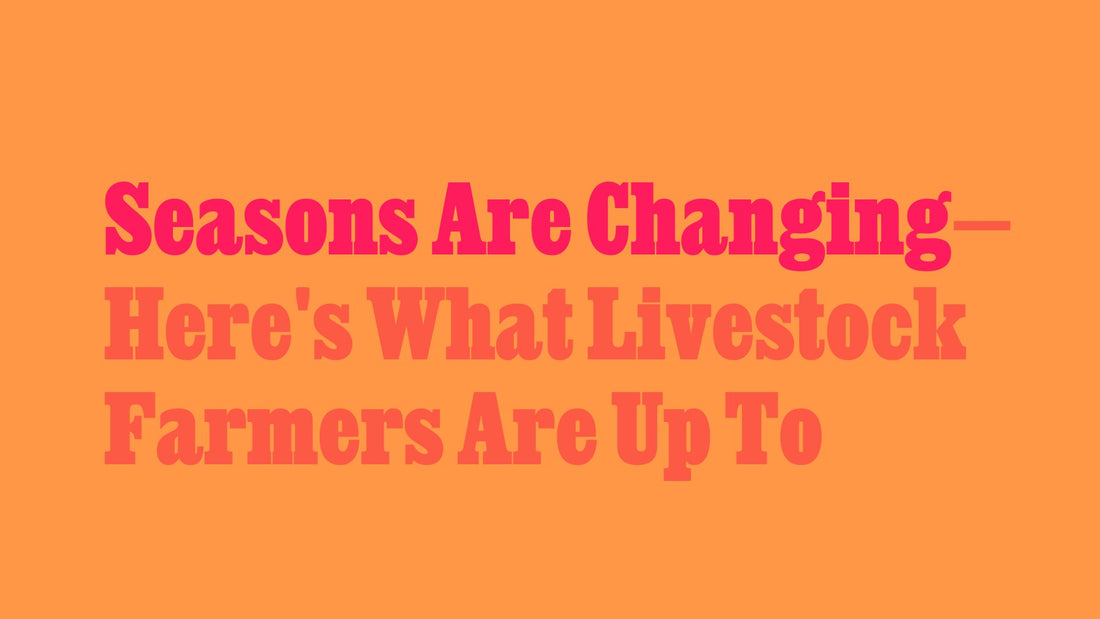We blinked and opened our eyes to summer drifting away, dropping temps, and time to start prepping farms for the fall season. After a busy summer of fairs and livestock competitions, livestock farmers turn to their to-do lists typically filled with slaughter times, hay management, and tending to cattle while preparing their winter quarters. It’s safe to say, it’s fall y’all.
Butchering Season
Rewind to spring, lots of farms are breeding livestock to raise and feed during the warm summer months. To the animals’ surprise, money doesn’t grow on trees! And continuing to feed and house them throughout the winter months get expensive. Around this time, farmers will often get into a “trim the fat” mindset. Any animal who doesn’t need to stay through winter will kindly be asked to leave (we said kindly!).
For all the others, it’s time to get slaughter schedules and receiving customers in order. A challenge for most farmers is coordinating with the slaughterhouses, knowing what cuts their customers want and getting all their meat back in a timely manner!
Fall-born Calves
Majority of calves in the US are born in the spring, but calving in the fall does have its advantages. Cows are typically in better body condition post-summer grazing and therefore breed earlier, and fall weather is typically less erratic than in the spring. Farmers often say the fall isn’t as busy as the spring, so they have more time to oversee cows and heifers during this time.
While not necessarily a disadvantage, farmers that choose to raise fall-born calves face the cost of winter feeding. Compared to spring grazing cows, the cost of winter storage, feeding, and watering are high. Younger calves don’t have the body weight or developed rumen to withstand colder temperatures (when cows digest high-fiber foods, heat fermentation is developed in their rumen) and therefore require much more nutrients during the colder months. Farmers will also need to regularly monitor the calves for sickness. While cute, they sure do require a lot of work!
Despite lower temperatures during these transitional months, work on the farm doesn’t slow. Priorities simply change order. Other than swapping out their t-shirts for flannels, farmers face a lengthy task list in the fall to ensure the fruits of their summer labor are properly reaped. Farmers are always one step ahead, which means work done in one season prepares them for the next. When we say farming is a full-time job, we mean 24/7/365!
Happy fall, meaties!

